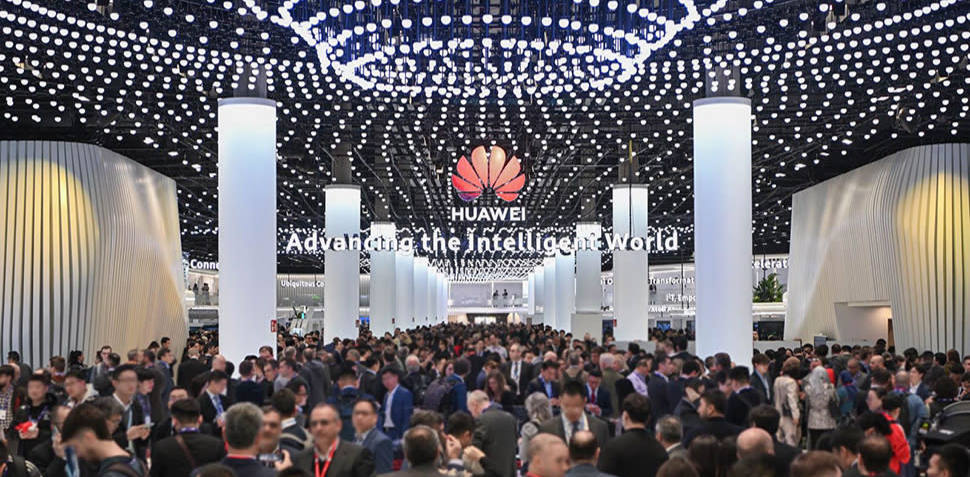China Leads the Way with 5.5G, Accelerating Towards an Intelligent Future

The next generation of mobile communications is on the horizon. While 5G networks are still being rolled out globally, telecom companies and tech giants are already looking ahead to 6G. But first, there is an important transition step called 5.5G or 5G-Advanced.
Recently, the world’s first comprehensive 5.5G intelligent core network solution has been officially released by Huawei, a major Chinese telecom company.
Li Peng, Huawei’s Corporate Senior Vice President and President of ICT Sales & Service, explained, “5G is on the right path to business success. 5G began commercialization in 2019, and over the past five years, it has already gained 1.5 billion users worldwide. It took nine years for 4G to achieve this. Currently, 20% of global mobile subscribers are using 5G. These users generate 30% of all mobile traffic and contribute to 40% of mobile service revenue. 5.5G is entering commercial use in 2024, and as 5.5G, AI, and cloud converge, carriers can unlock the potential of new applications and capabilities.”
Joint testing with multiple carriers is underway in regions like China, the Middle East, Asia Pacific, and Europe, paving the way for large-scale global 5.5G commercialization as soon as this year.
So what exactly is 5.5G, and why is it needed?
As the name suggests, 5.5G represents an evolutionary step between 5G and 6G. Although just adding “0.5G” may seem insignificant, 5.5G promises performance boosts of around 10 times over initial 5G networks in areas like connection speeds, latency, positioning accuracy, and reliability.
One of the most obvious benefits of 5.5G will be increased data speeds. Maximum 5G download rates started around 1 Gbps, but 5.5G can reach up to 10 Gbps to support demanding applications like extended reality (XR) and naked-eye 3D. Upload speeds will also jump from hundreds of Mbps to over 1 Gbps, enabling capabilities like mass cloud data transfer and widespread holographic communication.

However, 5.5G is about more than just faster speeds. It will enable seamless connectivity across all scenarios with support for trillions of connected devices, ranging from ultra-high-speed industrial equipment to massive deployments of small, passive IoT sensors. Latency can drop to the single millisecond level, and positioning accuracy can improve from 5G’s meter level down to centimeters.

These technical capabilities will drive transformation across many industries. In manufacturing, 5.5G’s high throughput and ultra-low latency allow for enhanced remote monitoring, real-time data analytics, and optimized supply chain logistics. New sectors like artificial intelligence, augmented/virtual reality, and brain-computer interfaces will gain the robust networking required to fulfill their potential.
China has built the world’s first 5.5G demonstration zone in Beijing’s Yizhuang region to showcase advantages like fully automated smart logistics powered by a fleet of self-driving delivery vehicles. With 5.5G’s abundant bandwidth, vehicle sensor data can be continuously uploaded for frequent model retraining, allowing the AI driving systems to learn and improve safety daily.
The nation’s major carriers have started regional 5.5G trials, with China Mobile aiming for over 300 cities covered this year. While 5.5G commercialization is imminent, 6G is still a work in progress and is targeted for the 2030 rollout. In the global research phase, 6G will fuse communications, sensing, and computing to bridge the physical and digital worlds for humans and intelligent agents alike.
As the transition to 5.5G begins, industries and consumers alike can look forward to groundbreaking improvements bringing us closer to the revolutionary 6G future. The journey to a fully connected, intelligent world is accelerating.
https://www.digitimes.com/news/a20240315VL204/huawei-open-ran-china-east-asia-mobile+telecom-mobile-components-mobile-devices-telecom-service-infrastructure-wireless-networking.html




